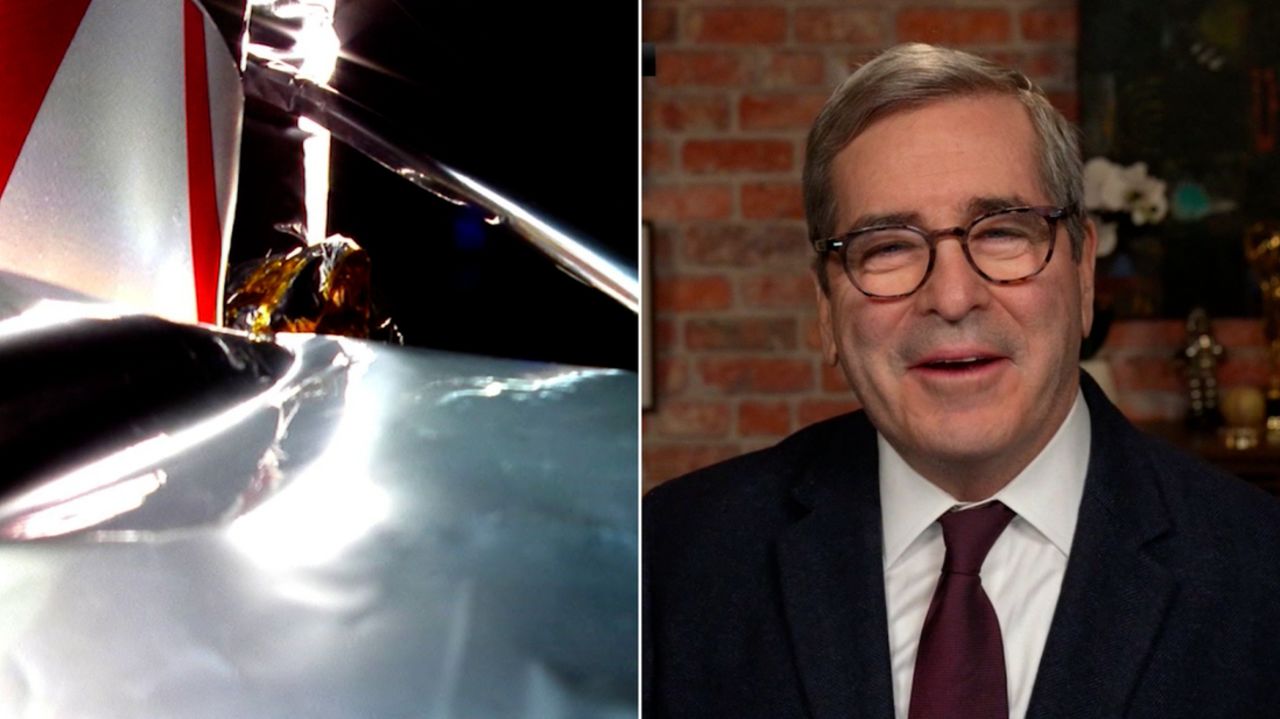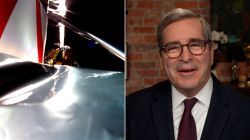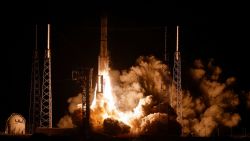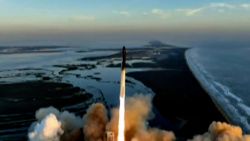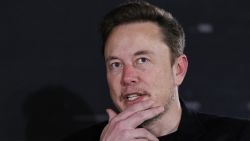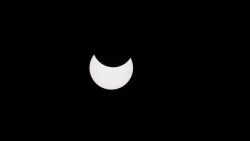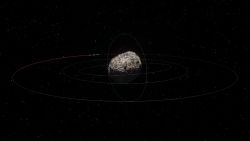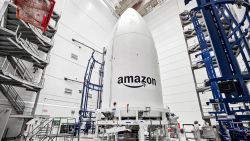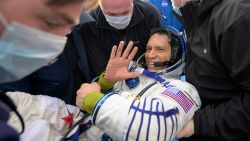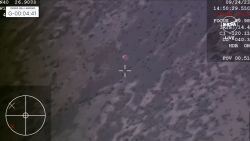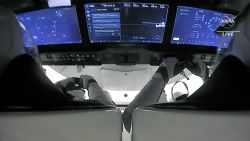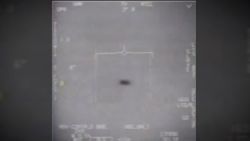Boeing’s long-awaited spacecraft, called Starliner, is still facing a long road ahead before it’ll be ready to fly astronauts, the company said on Tuesday. It is still working to address an issue with the vehicle’s propulsion system that was discovered just hours before it was slated to launch a crucial uncrewed test flight in August, the company said.
The Starliner still needs to complete that uncrewed mission before it can fly, and the test is now slated for as late as mid-2022, NASA and Boeing officials told reporters during a press call Tuesday.
The Starliner is a gumdrop-shaped capsule meant to ferry astronauts through space after launching atop a rocket. The vehicle is years behind its planned entry to service, and myriad issues and delays during the development process have been a black eye for longtime aerospace and defense giant. Meanwhile, its rival, the relative upstart SpaceX, has already completed development and testing of its own crewed spacecraft.
Boeing was slated to repeat an uncrewed test flight of Starliner in August after several major software issues plagued its first attempt in December 2019, leavingthe spacecraft unable to dock with the ISS and forcing it to make an early return to Earth.
After more than a year of working to solve those issues, a new slate of problems was discovered when the spacecraft was rolled out to its launch pad in August and began going through pre-flight ground checks. Eventually Boeing announced that the problem could not be fixed on the launch pad, and the whole vehicle had to be rolled back to the assembly building for further troubleshooting.
Michelle Parker, the chief engineer of Boeing’s Space and Launch division, said the Starliner capsule is still back at a Boeing factory, though engineers have spent the past few months working to determine exactly what went wrong with the vehicle. The company believes it may have found a solution to the problem: Water leaking into valves used to funnel fuel for the spacecraft’s thrusters.
Boeing officials still could not give a clear answer on exactly why the issues were observed or why the problem wasn’t caught before Starliner made it all the way back to the launch pad and after months of investigations and additional checks.
Boeing officials also acknowledged that the test flight could not have continued successfully if it had attempted to launch without addressing the valve issue.
Steve Stich — manager of NASA’s Commercial Crew Program, which oversees the development of Starliner — also revealed that such a problem with leaky valves isn’t unheard of. He said he could specifically recall troubleshooting a similar problem with a Space Shuttle back when those vehicles were still operating.
Officials on the press call Tuesday said they had no reason to assume the valves would have issues because they performed seamlessly during previous tests. They did not, for example, present any problems during the 2019 uncrewed test flight, called an Orbital Flight Test.
Possible solutions Boeing is looking into include loading propellant onto the Starliner capsule closer to launch. Before the August test flight, it was loaded 46 days before the scheduled flight. Before the 2019 test flight, they were loaded 35 days prior.
Engineers are also working on a “purge” mechanism that should keep the valves free of leaky water issue.
The extensive delays with Starliner — which was originally slated to start flying in 2017 — have already caused issues for NASA, which hopes to rely on Starliner as well as SpaceX’s Crew Dragon capsule to get astronauts to and from the International Space Station. Earlier this month, the space agency annoucned it was taking the rare step of re-assigning some astronauts that were slated to fly on Starliner and putting them on future SpaceX missions.
Boeing has a fixed price contract for Starliner development, meaning the company got a $4.2 billion award but will not receive additional funds to address the ongoing delays and development issues.
Boeing already set aside $410 million of its own money in 2019 after the first botched test flight attempt to keep the program funded as it worked to resolve issues. John Vollmer, vice president of Boeing’s Commercial Crew Program, confirmed to reporters Tuesday that Boeing will not be seeking additional funds to carry it through the current phase of troubleshooting. He did not say how much, in total, the recent delays are expected to cost.

